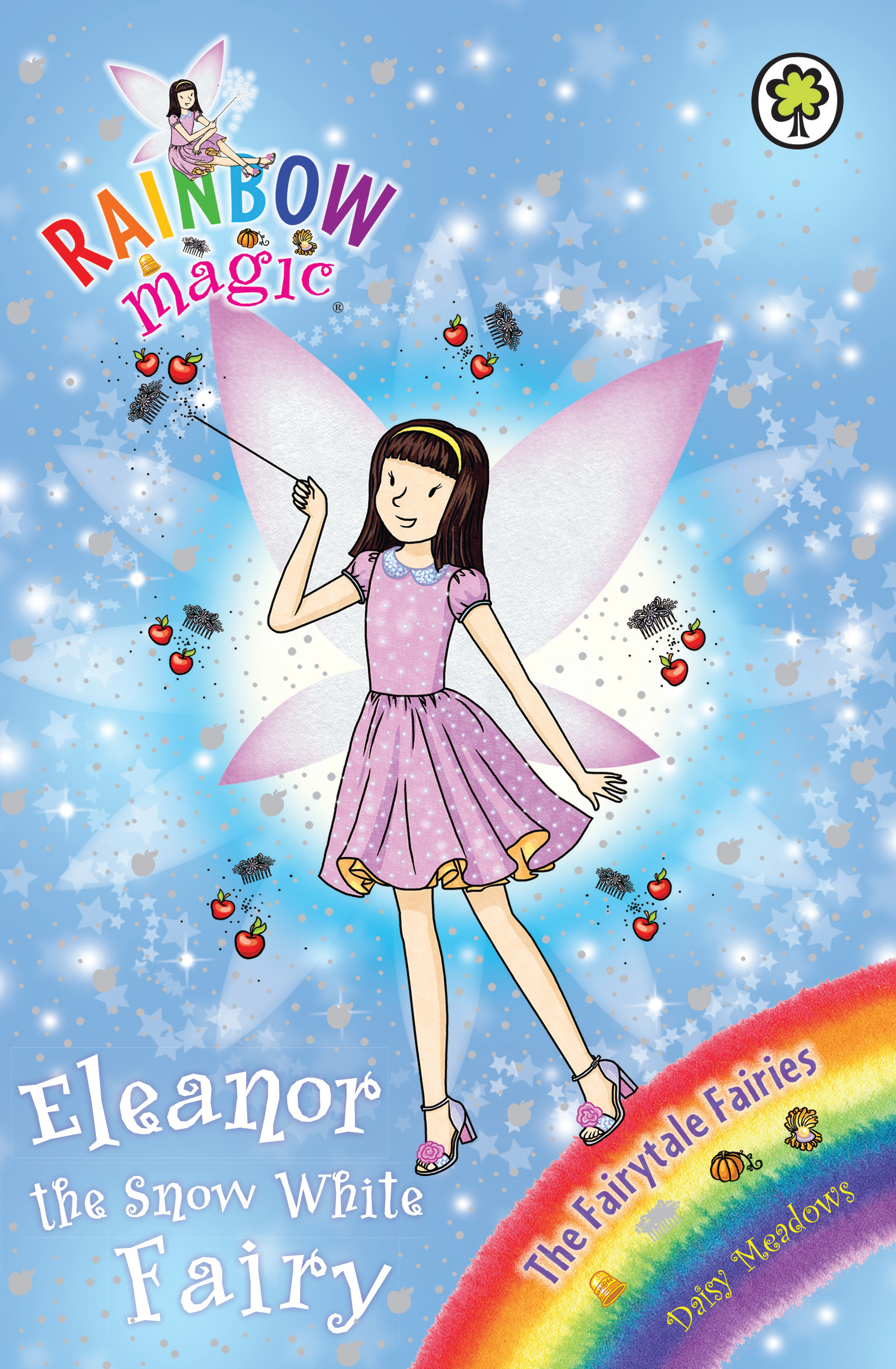
They proposed calling the story “Snow White and Her Wicked Stepmother,” arguing that the queen-inventive, active, and mobile-was far more enthralling than her insipid stepdaughter. The horror of the queen’s transformation from a beautiful woman into an abject old hag is still potent.Īnne Sexton may well have had Disney’s transformation scene in mind when her wicked queen condemns Snow White to be “hacked” to death after she herself discovers “brown spots on her hand” and “four whiskers over her lip.” Sexton’s emphasis on the stepmother prefigured the nineteen-seventies protests against the Disneyfication of fairy tales, with Sandra Gilbert and Susan Gubar leading the charge in their preface to “The Madwoman in the Attic,” a landmark work of feminist criticism. After drinking the magic cocktail she has brewed, the queen’s hair turns white, her hands become gnarled with age (“Look, my hands!”), her voice turns into a throaty cackle (“My voice!”), and finally she emerges from under her dark cloak as a hunchbacked crone. Grimm purists regard the Disney version as a sentimental confection, but Disney animators preserved the fairy tale’s powerful engagement with a child’s fears about parental persecution and abandonment, while also capturing adult anxieties about aging and loss. Disney’s heroine, by contrast, is given a Depression-era work ethic and cleans up a house that appears to be occupied by what she disapprovingly refers to as “seven untidy little children.” Whistling while she works, she is a kindred spirit to the dwarfs, who descend into the mines to carry out their subterranean work “from early morn ’til night,” yet cheerfully intone: “we don’t know / what we dig ’em for.” Something of a “dumb bunny,” as the Anne Sexton calls her in a poem from “Transformations,” Snow White falls victim three times to the camouflaged wicked queen. The Grimms’ girl was something of an intruder, a Goldilocks figure who discovers an enviably “neat and clean” cottage, along with seven little beds-one “just right”-covered with white sheets. The Disney version (from 1937), too, draws much of its charm from the allegorical vigor of Doc, Grumpy, Happy, Sleepy, Bashful, Sneezy and Dopey, and, in addition, gives Snow White a new mission.

Snow White delivers a timely message about survival even when the odds are not in your favor, as they surely are not for the heroine of “Snow White and the Huntsman,” who must now stand up to both a perverse stepmother and a hostile Mother Nature.Ī 1912 Broadway musical first gave the story the title by which we know it today: “Snow White and the Seven Dwarfs.” The miniature miners of the Grimms’ tale now had whimsical names and personalities-an antidote to the tale’s dark themes. The concept of the “blended” family was foreign to the Grimms’ era, and it remains so in new inflections of the tale. The early tale is also a reflection on children’s fears about the cruelty of stepmothers, at a time when mortality rates for child-bearing women were exceptionally high. Their heroine is precociously stunning-“When she was seven years old she was as beautiful as the light of day, even more beautiful than the queen herself”-and her beauty inspires huntsman, dwarfs, and prince alike to protect her from a less fair, wicked queen. The Brothers Grimm called their story “Little Snow White,” to emphasize the innocence and vulnerability of a young girl persecuted by her jealous stepmother. This Snow White is very different from the one we find in the canonical literary version recorded in the early nineteenth century. Her exquisite beauty, combined with charismatic leadership, enables her to defeat the evil queen and redeem the desolate landscape of the kingdom.

The film’s raven-haired heroine, by contrast, soothes savage beasts with her compassionate face and, as a digitally miniaturized Bob Hoskins, playing one of the seven dwarfs, proclaims: “she will heal the land.” But she’s no passive, guiltless damsel. Her rule has no doubt created the viscous black horrors that Snow White encounters in the denuded woods to which she flees. Charlize Theron’s fair-haired wicked queen presides over subjects with ravaged faces in landscapes that resemble toxic oil spills in her shape-shifting magic, she reconstitutes herself at one point from what looks like a flock of crows caught in an oil slick. Rupert Sanders’s film “Snow White and the Huntsman” the latest version of the tale, takes us into a wilderness of environmental depredations and dynastic conflict. Compact yet also capacious, with roots in myth, they were engineered to accommodate changes in cultural values and conflicts.


 0 kommentar(er)
0 kommentar(er)
